In the film Chicuarotes, director Gael García Bernal portrays the violence, poverty and hopelessness among Mexican youth that can occur due to the absence of a loving family environment. The film shows a Mexican reality that is often hidden.
The May 2019 film stars Benny Emmanuel as Cagalera and Gabriel Carbajal as Moloteco. They are two best friends living in poverty, which leads them into a path of crime.
Cagalera and Moloteco are two teenagers living in San Gregorio Atlapulco, a marginalized community in Xochimilco, Mexico City. Due to the poverty and lack of opportunities they face, they dream of escaping their environment and improving their lives, so they try to raise money to buy a spot in an electricians’ union.
At first they perform as clowns on buses, but when the public doesn’t give them any money, the duo threatens them and begins to commit robberies and acts of violence. Their desperation leads them into dangerous situations, until they find themselves kidnapping a child.
The film cruelly portrays domestic violence, sexism, corruption, and the hopelessness that exists among Mexican youth. As the protagonists sink deeper into crime, they face the consequences of their actions.
Chicuarotes incorporates dark humor, which gives the film a unique touch and makes it more interesting. The movie’s urban setting, direct language and dark atmosphere make it authentic. The focus on extreme poverty, violence and the poor decisions made by the protagonists may be uncomfortable or disturbing for some viewers, and it is a difficult film to watch.
When I first saw the film, it left me with such a strange feeling of melancholy and helplessness. It feels tragic to know that many young people in Mexico go through these situations; no teenager should think that crime is an escape from poverty.
This is a brave work that seeks to disturb and provoke reflection. It is not intended to be comforting, but to show a reality that many prefer to ignore. Chicuarotes offers no solutions, only a society that abandons its young people.
YOUTH WITHOUT HOPE
In Mexico, there is a significant lack of opportunities, education and employment in marginalized areas, which contributes to youth becoming involved in crime. In some neighborhoods, violence has become a part of everyday life, and young people adopt it as a survival mechanism or a way to gain respect. This has led to more than 480,000 Mexican children, adolescents, and young people becoming victims of violence in just six years, either as victims of murder and other attacks, or as potential perpetrators linked to organized crime.
Domestic violence, child abandonment, or the absence of parental figures often influence criminal behavior. Although this isn’t depicted in Chicuarotes, many young people in Mexico are recruited by organized crime from an early age. Some are recruited by force, while others join by choice due to financial hardship.
The state of Mexico has failed with its programs like “Jóvenes Construyendo el Futuro,” (Youth Constructing the Future) with its slogan “Becarios Sí, Sicarios No.” (Yes to Scholarship Winners, No to Hitmen.” They have not achieved their goal of protecting children and young people from violence. According to the INEGI (National Institute of Statistics and Geography), in the first three years of the program, nearly 40,000 young people under the age of 29 were murdered in the country; the number has remained above 12,000 cases per year. This represents an average of 33 young people murdered per day in Mexico, or just over one every hour.
The number of young people murdered in Mexico increases every year. So far, no one has been able to control this situation.

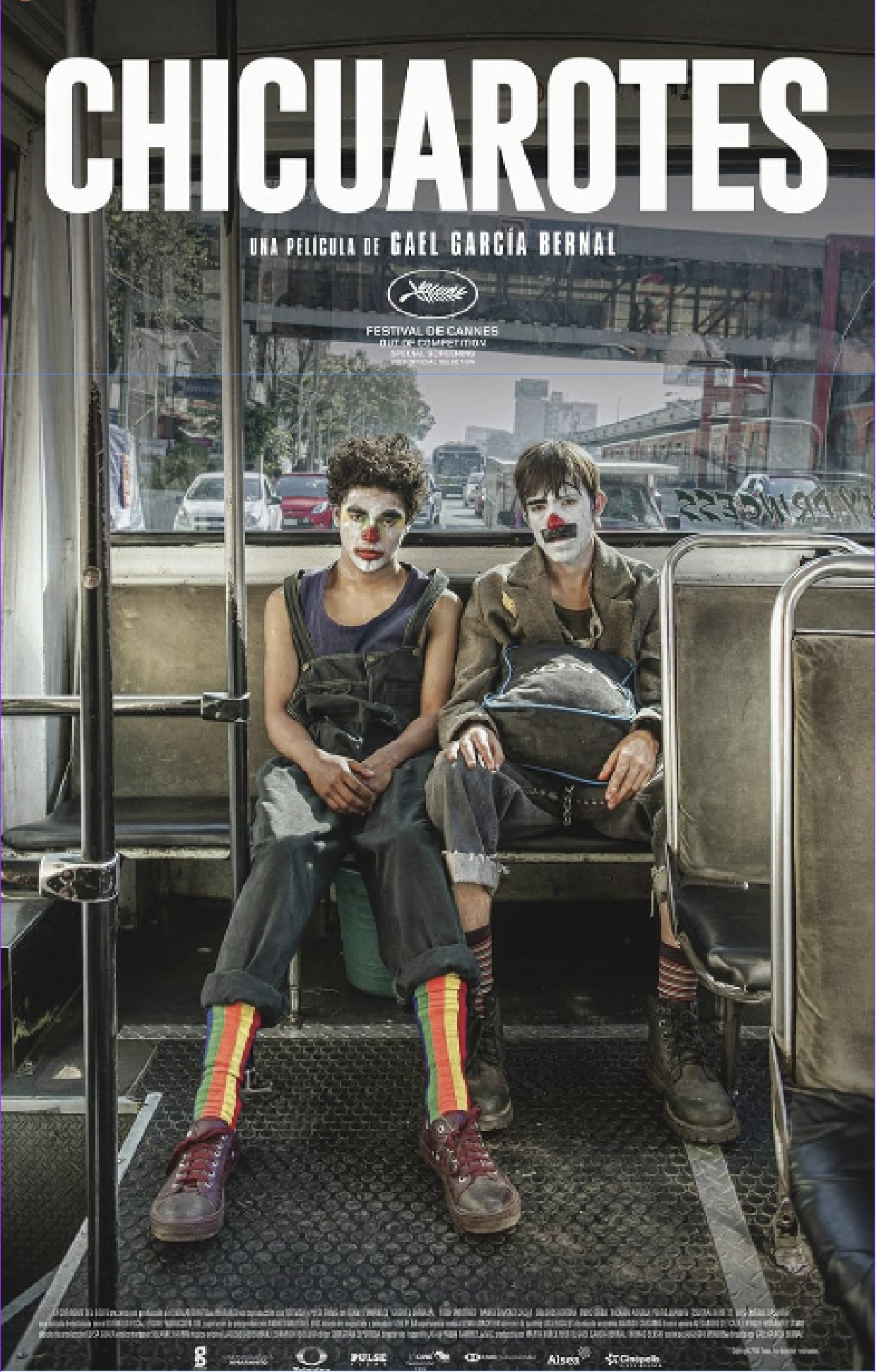
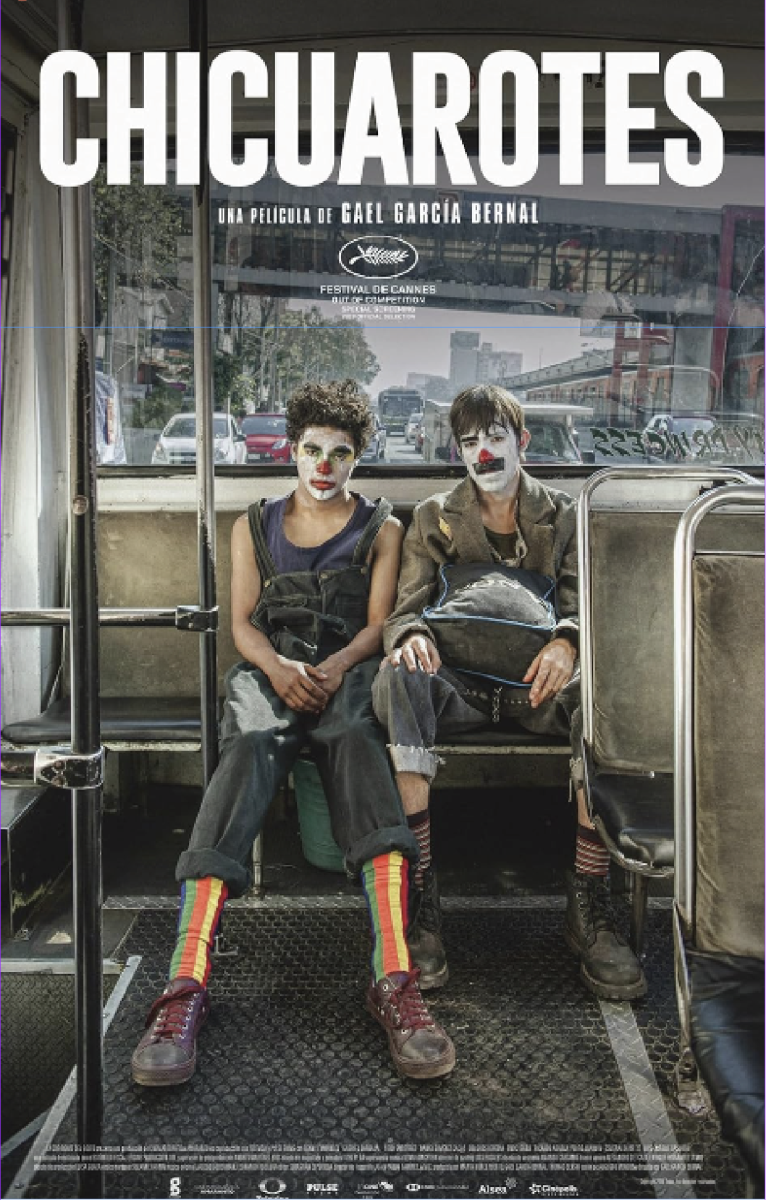
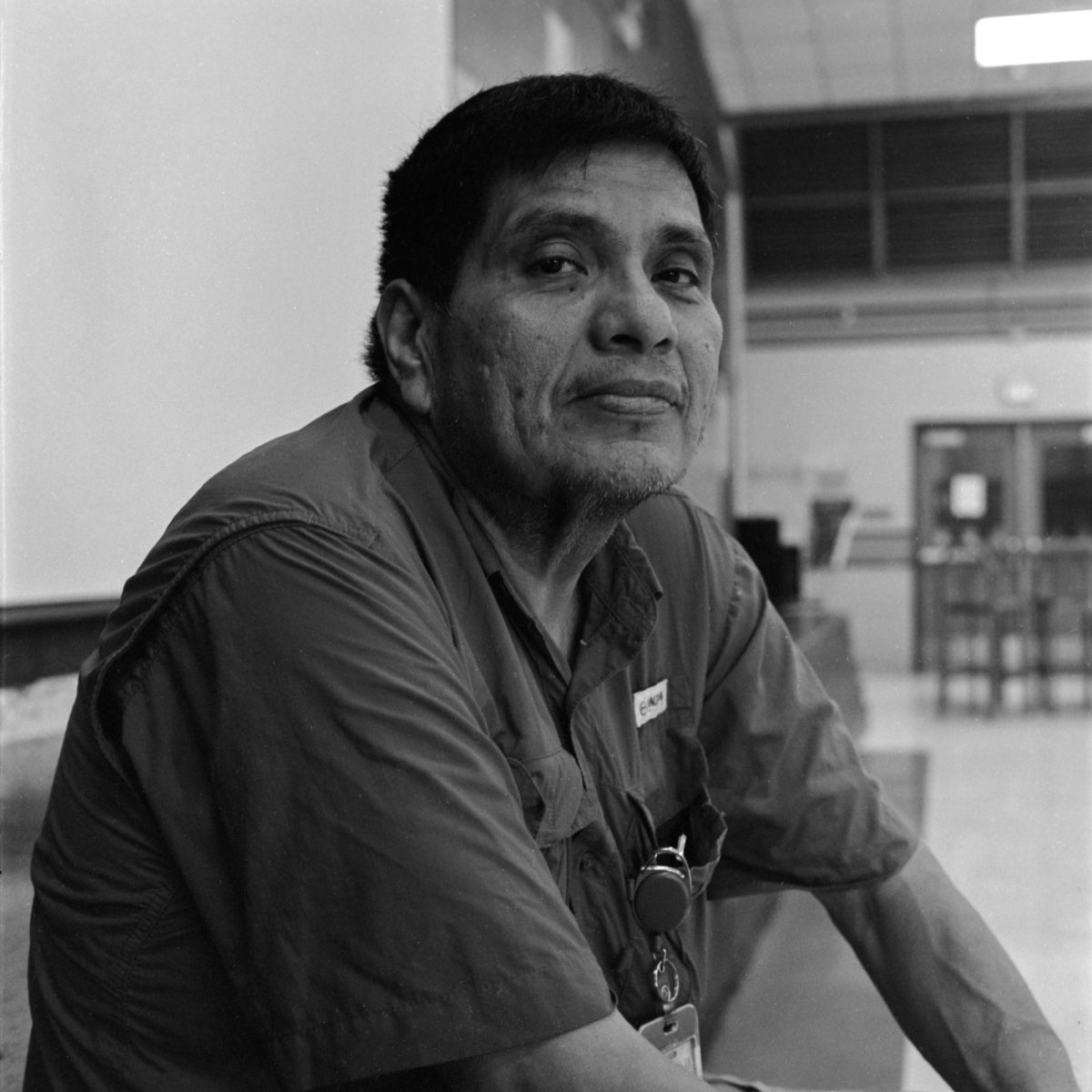
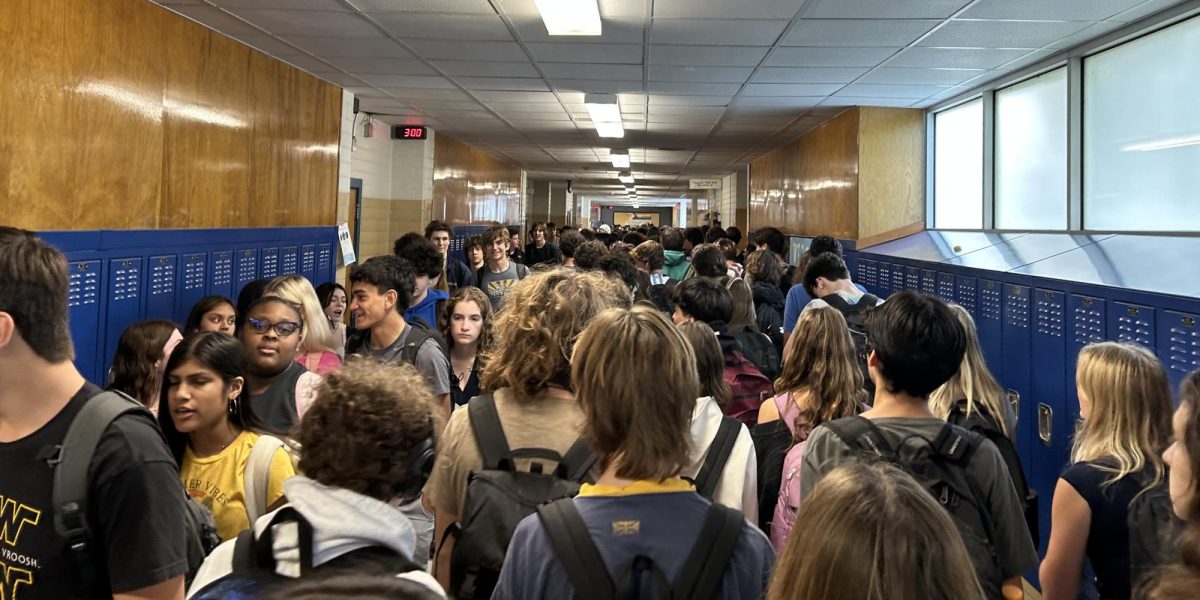
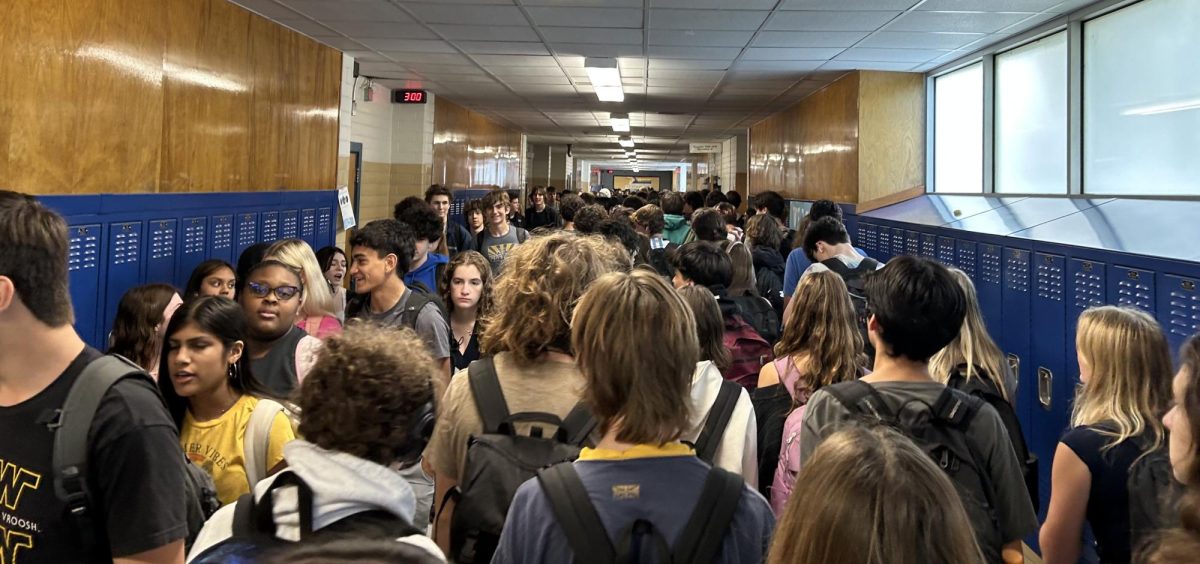
![DANCING QUEEN ONLY 15: The Mccallum quinceañera took place Saturday May 18 in the cafeteria. Students who danced at the quinceañera practiced for weeks during lunch and after school with the help of Señora A to perfect this special moment. “I signed up for fun and for the dress originally, but I actually made a lot of friends, and it helped me want to come back to practice,” said Elizabeth Peables, a freshman quinceñeara. “It’s been stressful, but it always works. We stayed very late yesterday [the day before the event], but today it feels like everything came together.”
Caption by Nellie Eschberger with reporting by Beatrix Lozach.
LA REINA DE BAILE, SOLAMENTE TIENE 15 AÑOS DE EDAD: La Quinceñera de McCallum fue el 18 de Mayo en la cafetería. Estudiantes que bailaron en la quinceañera practicaron por semanas durante el almuerzo y después de la escuela con la ayuda de la Sra. A para perfeccionar este momento especial.
“Originalmente me inscribí para divertirme, y por el vestido, pero actualmente hice muchos amigos y me ayudó a querer regresar a la práctica.” Dijo la estudiante de primer año Elizabeth Peables. “Ha sido muy estresante, pero siempre funciona.” “Nos quedamos muy tarde ayer el día antes del evento pero hoy se siente que todo está cayendo en forma.”
Leyenda por Nellie Eschberger con reportaje de Beatrix Lozach. Traducción por Maverick Palacios.](https://macshieldonline.com/wp-content/uploads/2024/06/53732328578_3ee2526f55_o_53769409497_o-1200x675.jpg)
